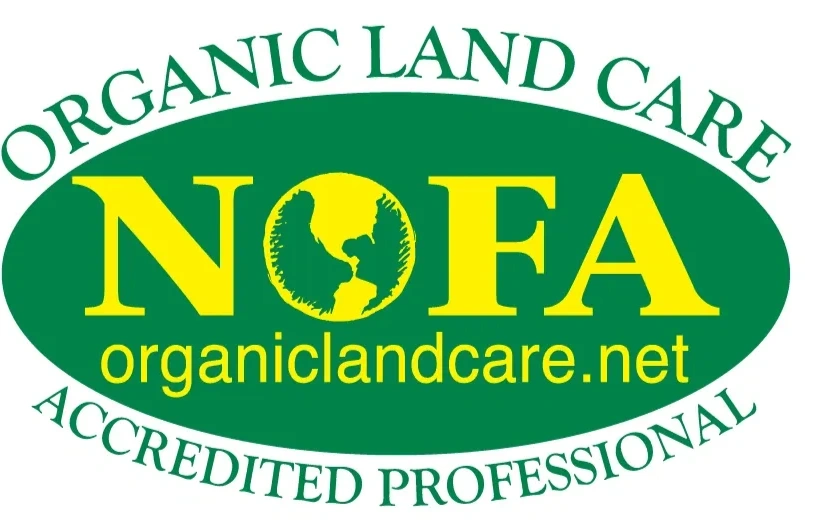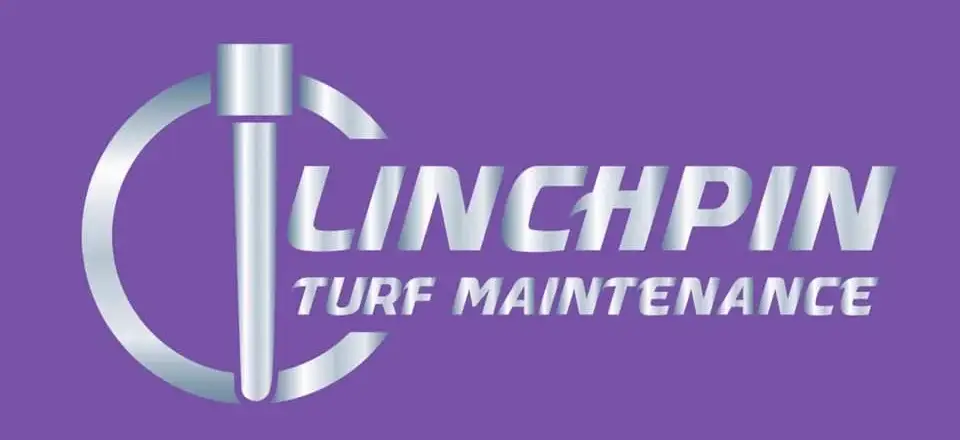Organic Lawn Care
Growing a lawn organically focuses on the soil and testing is one of the essential tools for improving the health. The soil test results provide baseline information on soil pH, nutrient levels, organic matter content, recommendations for fertilizing and adjusting soil pH. Linchpin Turf Maintenance follows the science in lawn care. Other essential practices in organic lawn care are:
Weekly mowing during the peak period of leaf growth in the spring.
Our Essential Lawn Practice
We maintain sharp mower blades and change them every ten mowing hours. In addition, we ensure the mower decks are clean of any debris that may cause disease or the transportation of weeds in between services. We practice grasscycling - letting grass clippings decompose on the lawn after mowing. This encourages a healthier lawn by returning both macronutrients and micronutrients to the soil in a natural slow-release form. This can reduce fertilizer use by 25%, saving time, and money. We recommend watering in the morning, before 10 a.m. this will minimize leaf wetness. When watering, use a sprinkler to apply 1 inch of water to the lawn. We wait at least 24 hrs to mow a lawn after a heavy rain. Mowing wet grass promotes disease and other related problems.


Core Aeration
Utilizing a core aeration machine to pull plugs out of the lawn to allow proper airflow, water, and sunlight to the root system. Lawn Aeration is one of the most important things you can do to get and keep a healthy lawn.
Core aeration brings air down to the root zone and releases trapped gases. The length of the plug can be up to 3″ long, depending upon your soil conditions.
The plugs left on your lawn will eventually break down and feed microorganisms that help reduce thatch production. Each one of these little plugs represents a hole left in your lawn.
This hole actually acts as a reservoir, holding water and therefore cutting your watering costs. In addition, each hole becomes an individual germinating chamber when aeration is combined with overseeding.
Top Dressing With Compost
A healthier lawn comes with healthier soil, and there is no better way to improve soil health than by adding compost. Compost contains the primary nutrients—nitrogen, phosphorous, and potassium—and an array of micronutrients to naturally feed a lawn.
We top dress with high-quality compost which is sourced locally.
Topdressing a lawn with compost adds organic matter to the soil, which improves the soil's health and several beneficial.
microorganisms that turn organic fertilizer and minerals in the soil into plant-available nutrients that can be taken up by roots.
Applying compost and seeds at the same time will improve germination, moisture retention and in turn provide a healthy lawn.
